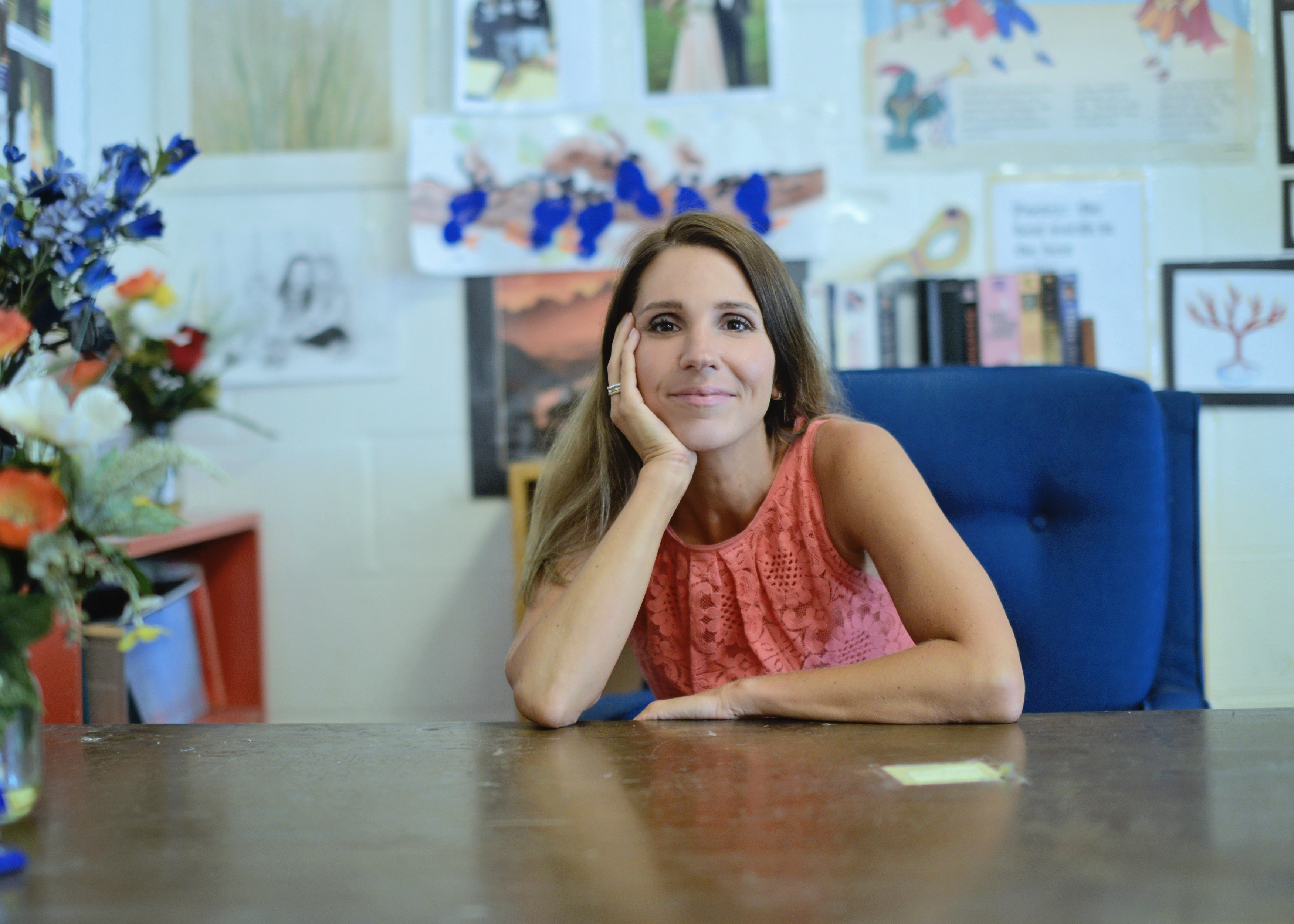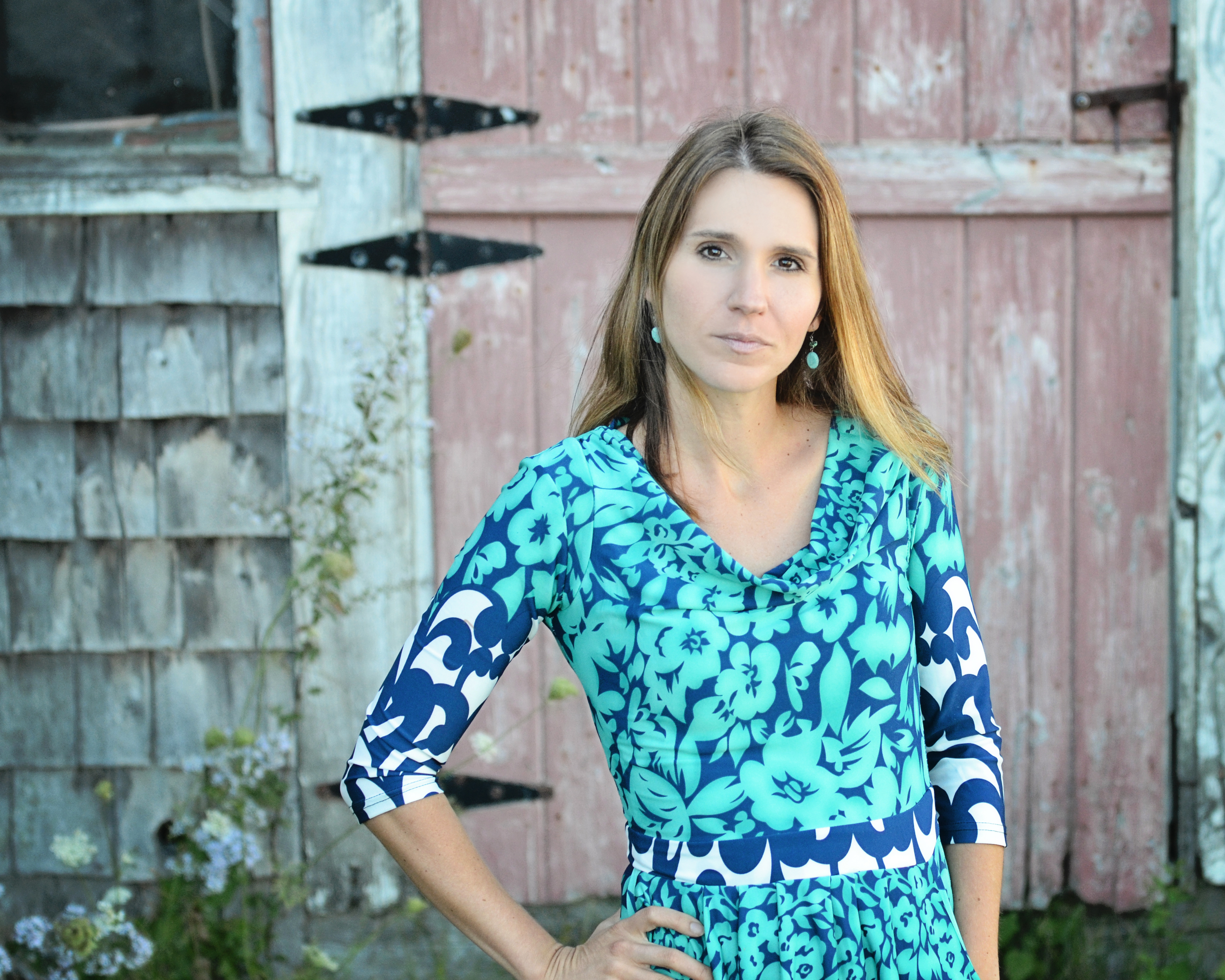Other than the summertime, April vacation has long been the Holy Grail in teachers’ lives. Throughout the year, how many times have we reminded ourselves, “If we can just make it until spring break, it’s all downhill from here,” right? Too many to count. For teachers and students alike, the last vacation of the year has always been about finding separation, relaxation and rejuvenation before the final push.
That’s why this week, a time that has always transcended worry, fear and uncertainty, feels so odd. At this moment, many of us are more worried, afraid and uncertain than ever before.
Instead of traveling to warmer climes, heading out on that family vacation or working on home improvement projects we’ve been meaning to “get to” for the past year, teachers are sitting at home, racking our brains over how to plan six more weeks of remote learning on platforms many of us have never used before.
How can we take time off now when there’s more to do than ever?
We have more parents to call, essays to read, kids to email and colleagues to ask, “Has anyone heard from Ben yet? What about Molly? Do you know what’s up with Frank? Should I just keep calling or are five voicemails enough?”
It feels wrong to step away from a job, even for a week, that you’ve already moved so far from this past month. When you exchange standing in front of a whiteboard teaching kids everyday to sitting in front of a laptop waiting for work to appear, you begin to feel guilty for every moment you spend away from “the new normal.”
As a Cradle Catholic, I have some experience with guilt.
A few years back, I was having a hard time forgiving myself for a mistake I’d made. I talked to my husband, mother, sister, mother-in-law, best friends, teacher-friends, custodian-friends, priest-friends and nun-friends about it at nauseum.
Simply put, I exhausted everyone in my life with my guilt.
That’s when a secretary friend of mine said, “You know, you should really talk to my therapist. She’s great.”
The fact that I had a problem I couldn’t solve (and that someone thought I needed to consult a professional) really bothered me. Afterall, I’d been doling out free therapy to my students for years. How could a real therapist help me, a “I play a therapist on TV” teacher?
Less than two weeks later, when all the armchair therapists in my life needed a break, I decided to give counseling a try. What did I have to lose other than the copay and a little pride? I walked into her office and said, “Look, I don’t exactly know why I’m here. I just know I can’t stop feeling guilty, so tell me how to move on and I’ll do it.”
She let me go on-and-on about all the ways I’d failed, how sorry I felt that I couldn’t change things or do better than I had, and honestly, I thought my long diatribe had put her to sleep. She wasn’t saying anything other than asking the usual, “And how did that make you feel?” kinds of questions.
Just when I thought this therapy thing was for the birds she asked, “Are you so sure what you’re feeling is guilt?” She paused for a moment and let the question sink in before she went on, “Because what you’re describing sounds a lot like grief to me.”
“Grief? How can what I’m feeling be grief?” I asked her. “I haven’t lost anyone.” For a woman known for her emotional intelligence, I had and still have a lot to learn.
“Because you did the best you could, and it didn’t work out. What you’re feeling isn’t regret — it’s heartbreak. You’re not mad at yourself. You’re sad. There’s a difference.
Guilt implies you did something wrong. Grief acknowledges there’s nothing you could have done differently. To move on, you have to let yourself feel grief.”
Her words changed my life. She helped me realize that I was using guilt as a way to protect myself from feeling pain. It was easier to blame myself then to admit how sad I felt about my powerlessness to change the outcome.
Since that moment, I’ve relied on this insight many times. Whenever I’m in a situation where I feel like I should be working harder to be better or “more” of something, I remind myself to first acknowledge what I’m feeling hopeless about.
And isn’t this how we’re all feeling right now?
If we don’t spend this entire vacation figuring out new ways to reinvent the wheel, then somehow we will have failed ourselves and our students yet again. We’ve gotta get up early, start making new lesson plans, figure out how to convert these files to those files, keep assigning work we’re not sure when or how we’ll receive and continue reaching out to students and parents we haven’t heard from yet.
This is no time to separate, relax and rejuvenate! Sure, administrators are sending out emails on self-care, stepping back and taking some time off, but they’re wrong, aren’t they?
The truth is, they’re not wrong. Teachers need to take a moment to acknowledge our feelings now more than ever.
We need to allow ourselves to feel grief, to mourn the loss of all the interaction we had with students and colleagues on a daily basis as well as the experiences we would have had throughout the rest of the year.
This is what I’m grieving.
I’m sad there are 97 faces I used to see everyday, and now the only way I can see them is on the other side of a screen, if that.
COURTESY OF MERIDEN STUDIOS — A memory of happier times, taken from a photoshoot with some of my beloved former students.
I’m sad I can’t eat lunch with my colleagues and vent about all the ways teenagers are one giant hormone with two legs.
I’m sad I won’t be able to hug my kids when they need it and even when they don’t.
I’m sad I won’t get to tell my homeroom students to quiet down, listen to the announcements and put their cell phones away for the fourth year in a row.
I’m sad that on the last day of class, I can’t go around the room and tell my students my favorite memory with each of them and put their photos up on my wall.
I’m sad for all of the amazing chats I’m missing with my friend Steve, the world’s nicest custodian.
I’m sad my husband and I won’t see each other in the hallway and be pleasantly surprised by what we look like dressed up.
I’m sad for all of the students who can no longer play their spring sport, put on a show, go to their prom or even sit in the presence of their peers.
I’m sad knowing that the kids I’ve watched grow up will have no one watch them receive their diplomas.
I’m sad for the children who are missing meals, safety, stability and the presence of caring adults in their life.
As teachers, what do we do with all of this sadness? If grief truly happens in five stages, six if you add making meaning, what should we do with all of this regret?
We should allow ourselves to feel all the feelings.
- Don’t deny sadness. Admit that it hurts. Talk about it.
- Be angry. Be upset that we can’t get this time back with our students and neither can they.
- Stop telling ourselves, “If I can only work more, push myself harder, I can make this work just like before. I can make this the same.”
- Be upset. Allow ourselves to acknowledge who and what we miss.
- Accept that we can’t replace the time we’ve lost, but we can find new ways to connect with our students and strengthen our relationships.
I don’t think these stages happen chronologically or even independently from each other. Like anything in life, grief is a process that has no clear delineation between emotions. Most days, we experience all of these feelings at once. Personally, I move from depression to denial to anger to bargaining to depression all over again before my first coffee break. How can we accept that our students aren’t receiving the same education we could have given them before this pandemic?
Perhaps the key to acceptance is to understand that different doesn’t necessarily mean worse.
We can’t teach like we did before. In fact, most days we may not teach much at all. But we can do something we never considered all that important in our “old normal” — we can focus more on the social and emotional wellbeing of our students. We can buoy kids spirits by our words and actions. Whether we record encouraging videos, send out funny emails, wear a wig and take a photo, mail a card, make them laugh or shed a tear, we can find ways to remind our students how important they are to us still.
Does this mean that we will have to let go of some of the “academic” aspects of teaching for a while? Yes, it does. Is it uncomfortable to do something other than instruct, assign, grade and post grades when most of academia has taught us that this is our only role in students’ lives? You bet.
But what’s the alternative? To continue to feel angry that we can’t do it all in the place we were used to, in the ways we were used to, with the people we were used to? This doesn’t sound like much of an alternative.
“Do all the good you can by all the means you can, in all the ways you can, in all the places you can, to all the people you can, as long as you ever can.” — John Wesley
Being good educators isn’t about putting numbers on papers, boosting test scores or increasing our students academic achievements. Though rigor and challenge have their place, as one of my colleagues so aptly reminded me this week, “This is not the time to drop students on their heads.”
This is the time to take them by the hand and meet them where they’re at.
We must do all the good we can, by all the means we can, in all the ways we can, to all the students we can, as long as we can, and let that be enough.
And we must give ourselves permission to be human, to be sad, to still need a break from teaching and our students even though we feel like we’ve been apart from them since COVID-19 hit. Sometimes the cure for heartache is connection and others it’s solitude. Whether we choose to reconnect or separate during this time away from teaching, may we all find a way to acknowledge our grief and move through our loss together.


